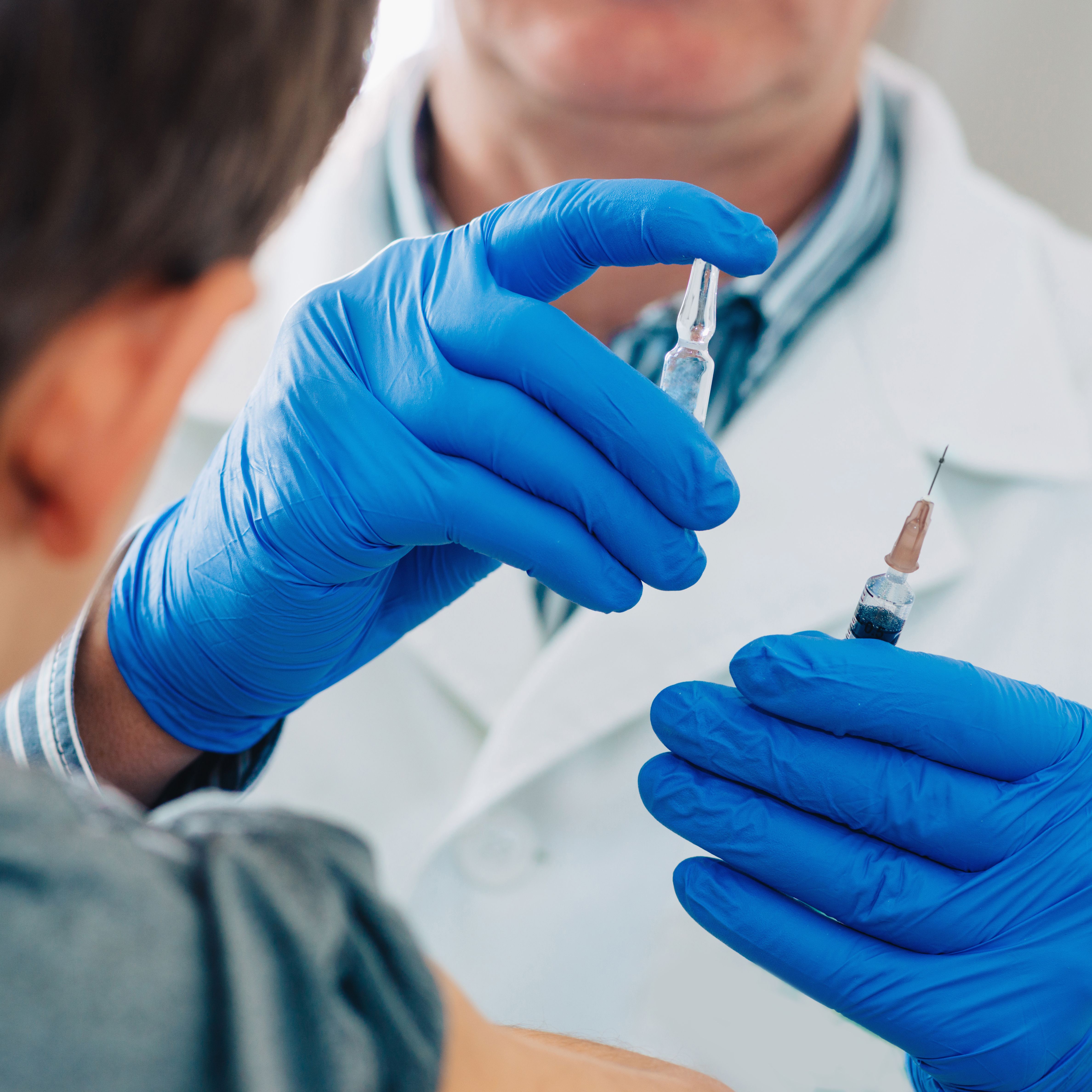Polio Case in US Region With Low Vaccination Despite Affluence
The young adult contracting paralytic polio in Rockland County, New York in June is the first since the WHO declared the Americas polio-free in 1994.

An unvaccinated young adult man who contracted paralytic poliomyelitis in June in Rockland County, New York is the first case of community transmitted poliovirus in the US since 1979, and since the World Health Organization (WHO) Region of the Americas was declared polio-free in 1994.
The case is also a tragic reflection of a region that has, according to the CDC case investigation report, zip-code specific vaccination rates as low as 37.3% despite relative prosperity. In contrast to the 92.7% national coverage of infants and children by age 24 months, Rockland County coverage of this age group was 67% in July 2020; and declined to 60.3% by August 2022, with the likely impact of the COVID pandemic on immunization programs.
"Low vaccination coverage in the patient's county of residence indicates that the community is at risk for additional cases of paralytic polio," the report warns. "Even a single case of paralytic polio represents a public health emergency in the United States."
In commentary published in The Lancet, Matilda Hill, BM BCH, MRCPCH, and colleagues in the Oxford Vaccine Group, Department of Pediatrics, University of Oxford and the NIHR Oxford Biomedical Research Center, Oxford, UK, considered the implications of that vaccine derived poliovirus type 2 (VDPV2) case, and occurrences detected in the UK and in Israel.
"The events herald an unexpected and concerning development in the fight against polio," Hill and colleagues indicated. "They demonstrate that VDPVs can emerge in high-income settings with good sanitation, where the live oral polio vaccine (OPV) is not in use.
"Moreover, these incidents indicate that VDPV2 transmission might be more widespread than is currently understood, risking further cases of paralytic disease among under-vaccinated individuals," Hill and colleagues emphasize.
A VDPV outbreak is possible when the Sabin 1,2, or 3 attenuated, but live strain is shed after oral immunization, and the virus mutates to a virulent form to reemerge in an under-vaccinated community. In the occurrence in New York, the patient had not traveled internationally during the potential exposure period, and, since oral polio vaccines (OPV) were removed from routine vaccination in the US in favor of injected, inactivated poliovirus (IPV), the detection of VDPV2 indicates a chain of transmission within the US that originated with a person receiving a type 2-containing OPV abroad.
"The discovery of VDPV2 in London and New York should come as a wake-up call," Hill and colleagues indicate. "As the full extent of VDPV2 transmission in these cities is evaluated, the factors underlying such transmission in settings with exclusive inactivated polio vaccine use, high national coverage, and good sanitation must also be fully assessed."
The CDC report describes several measures which were taken subsequent to the case in Rockland County and the detection of Savin-like type 2 polioviruses in the wastewater of nearby Orange County. These include additional clinical and public health surveillance activities, with outreach to local providers for syndromic surveillance. Clinicians in the counties with poliovirus-positive wastewater findings were alerted to identify the presence of symptomatic non-paralytic infection, characterized by mild symptoms such as low-grade fever and sore throat, or more severe symptoms such as aseptic meningitis.
Although the Rockland County Department of Health launched a countywide catch-up vaccination effort on July 22, the CDC report indicates that the number of doses administered at temporary and established clinics "was not sufficient to meaningfully increase population IPV coverage levels."
